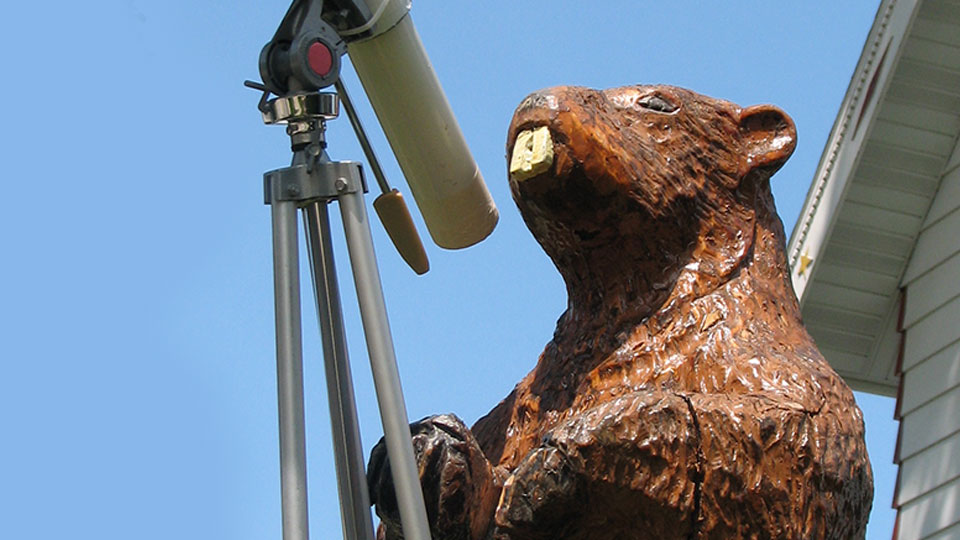Here’s the Beav, on June 30th, celebrating Asteroid Day, by peering into the heavens, in search of rocky dangers. So, why would we celebrate big, flying, airborne rocks? Answer: for the same reason we celebrate polio, measles, and small pox vaccines . . .
Just as modern medicine saves millions of lives, modern astronomy (combined with space travel & atomic energy) has the capability of saving millions of lives — and even preventing global extinctions. Indeed, “life as we know it” may one day be preserved by an astronomer armed with a nuclear weapon.
According to the B612 Foundation, “It’s 100 per cent certain we’ll be hit [by a devastating asteroid], but we’re not 100 per cent sure when.” (Note: the B612 Foundation is named after the asteroid/home of the Little Prince, who is featured in the wonderful book by Antoine de Saint-Exupery.)
Is the asteroid threat a joke? Well, it’s generally accepted that an asteroid slammed into the Yucatan Peninsula, cooling the earth and ending the 185-million-year reign of the Dinosaurs. (Note: contrary to the “news reports” that we are currently experiencing the hottest weather in Earth’s history, the Mesozoic Era was generally warmer than the weather we experience today. Indeed, during the Age of the Reptiles, our polar regions were void of ice sheets and Dinosaurs roamed Antarctica.)
A few notable extraterrestrial events:
- 4.5 Billion Years Ago: The Big Splash, when a large flying object collided with the Earth, creating the Moon.
- 66 Million Years Ago: An asteroid measuring about eight miles across slammed into the Yucatan, killing off the Dinosaurs and eradicating approximately 75% of Earth’s species.
- 30 June 1908: Tunguska Event (coincidently on Asteroid Day). A meteoroid exploded over Russia, with the force of about 1000 Hiroshima bombs.
- July 1994: Comet Shoemaker-Levy 9. This comet slammed into Jupiter, helping to validate the “Rare Earth Hypothesis” (I.E., the strong gravitational attraction of Jupiter helps shield Earth from asteroid impacts, giving life forms on Earth a better chance of survival).
- 15 February 2013: Chelyabinsk Meteor. Over 1500 people were hospitalized and 7000 buildings were damaged when this relatively small asteroid entered our atmosphere and blew up.
- 14 April 2018: an Asteroid about the size of a football field passed near Earth.
- Next Tuesday: an Asteroid about the size of the Statue of Liberty will pass near Earth.
“One sees clearly only with the heart. The essential is invisible to the eye.”
—the Fox, from Le Petit Prince
B612 Talks With Congress:


